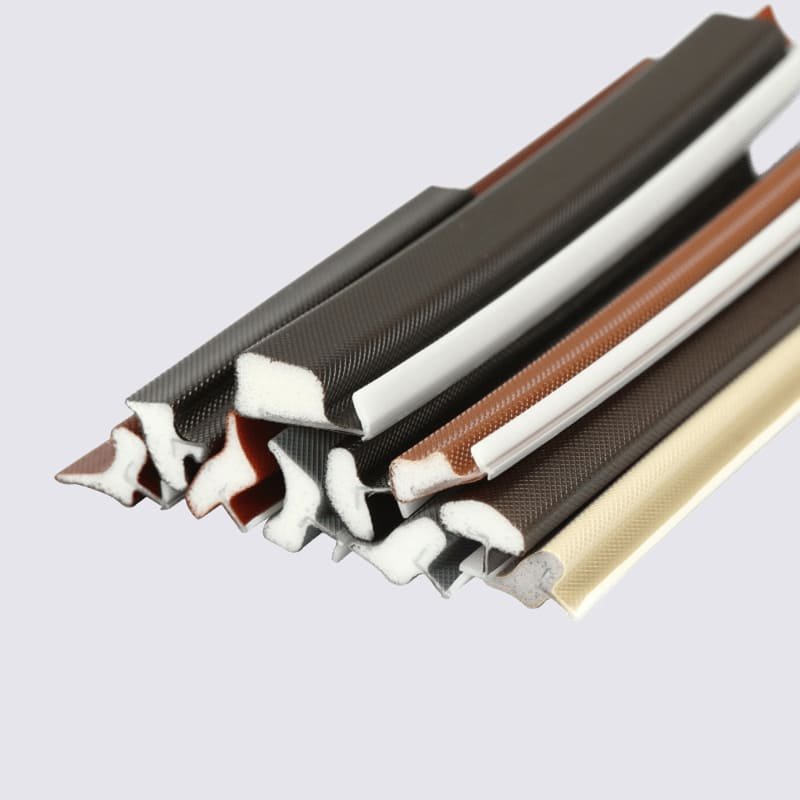Silicone hoses are used in various industries, including automotive, aerospace, and medical. They are preferred for their flexibility, durability, and high-temperature resistance. But how much heat can a silicone hose withstand? In this article, we’ll explore the different factors that affect the heat resistance of silicone hoses, and provide some tips on choosing the right silicone hose for your application.
Factors Affecting Silicone Hose Heat Resistance:
1. Material Composition: The quality of the silicone material used to make the hose is critical in determining its heat resistance. High-quality silicone can withstand temperatures of up to 500°F (260°C), while low-quality silicone may start to degrade at temperatures as low as 200°F (93°C).
Kinglin adopts high-quality silicone raw materials, more than 10 workers hand wrapped, to ensure quality, meet or exceed the industry application standards of high-quality silicone hose
2. Reinforcement: Silicone hoses are typically reinforced with fibers such as polyester or aramid to increase their strength and durability. The type of reinforcement used can affect the hose’s heat resistance. Aramid-reinforced hoses, for instance, can withstand higher temperatures than polyester-reinforced hoses.
3. Thickness: The thickness of the silicone wall can also affect the hose’s heat resistance. Thicker walls can withstand higher temperatures but may be less flexible than thinner walls.
How Much Heat Can Silicone Hose Withstand?
Silicone hoses can withstand temperatures ranging from -65°F (-54°C) to 500°F (260°C), depending on the factors listed above. High-quality silicone hoses can maintain their integrity and flexibility even at high temperatures, making them ideal for applications such as turbocharger systems, intercoolers, and exhaust systems.
Tips for Choosing the Right Silicone Hose:
1. Know the temperature range of your application: Make sure to choose a silicone hose that can withstand the temperatures your application requires. Consider factors such as peak temperatures, duration of exposure, and thermal cycling.
2. Consider the application environment: If your application involves exposure to chemicals or oils, choose a hose that is resistant to these substances.
3. Choose the right reinforcement: The reinforcement material can affect the hose’s heat resistance, so choose the appropriate reinforcement based on your application’s requirements.
Conclusion:
Silicone hoses are a popular choice for high-temperature applications due to their flexibility and durability. However, it’s essential to choose the right silicone hose based on your application’s temperature range, environment, and other factors. Considering these factors, you can ensure that your silicone hose will withstand the heat and perform optimally. If you need silicone hose, please contact me



